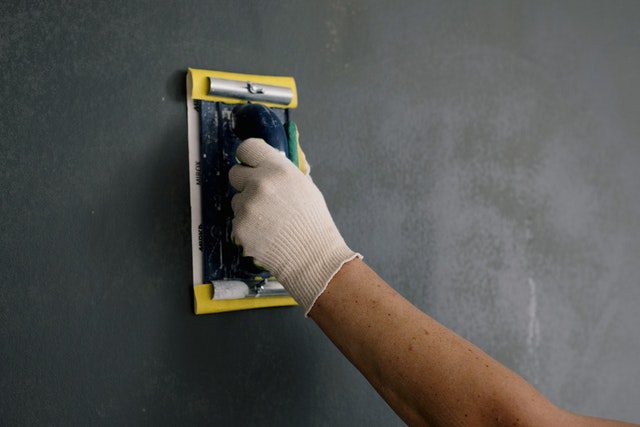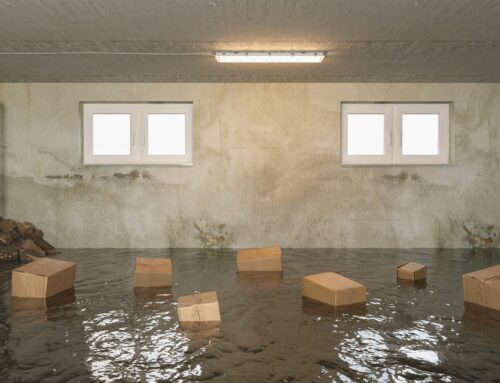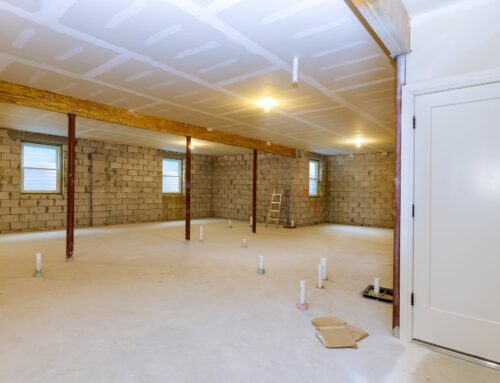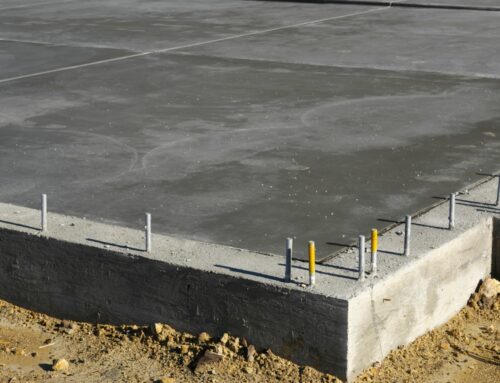Plaster is a very durable material, so you might be tempted to put off plaster repair until it’s absolutely necessary. However, it’s not just plaster that’s at risk when cracks, blisters, and other issues start to appear. Dust, humidity, and water can easily seep into the plaster as its layers weaken and cause even more damage, such as mold or mildew growth, or even structural collapse. If you notice any problems with your plaster, read this article to the end.
Why Do You Need Plaster Repair in Old Houses? A Guide
Because plaster is made from a mixture of lime, sand, and water, it’s very vulnerable to drips from broken pipes, leaks from roofs, and other weather-related issues. These can lead to plaster damage.
Then the tiny cracks, sometimes invisible to the naked eye, can start to form, which allows water to seep into the plaster base. This only leads to more damage, such as mold and mildew growth, structural damage, and serious health issues.
How to Tell if Your Plaster is Damaged
The first step is to keep an eye on the plaster, looking for any signs of wear or damage. You can easily spot cracks or blisters in the surface of the plaster, as well as thin areas that were patched up before, but you might not see signs of mold and mildew.
The smell, on the other hand, is hard to miss. If you smell a musty odor in your attic, chances are the problem is the plaster in it.
In extreme cases of mildew, mold, or even wood rot, you might start waking up with itchy eyes and a sore throat. In extreme cases, the paint on the walls can start peeling, so watch out for that as well.
Is Plaster Restoration a DIY Job?
Whether you want to DIY or hire a professional, you should know that plaster restoration is not a quick job. If you want to give yourself a break, call up a masonry contractor and let him check it out. The worst thing that can happen is that you get an estimate for repair costs and then reject the job.
Now, if you’ve tried DIY, you know that there is a lot more to plaster restoration than just filling up some holes and cracks. It’s a huge job that requires a lot of time, a lot of materials, and a lot of skills.
Hire a Professional to Get the Job Done Right
If you have noticed the signs of damage but aren’t sure you have the skills to fix it, call a professional. You can’t afford to ignore the problem because it’s only going to get worse, and a professional can do the job right.
Conclusion
You have to remember; plaster is not the only material used in the ceiling. Most houses have wood framing, so if you have wood rot and mold, they’re not going to go away on their own. If you don’t want to deal with the structural damage caused by moisture seepage, call up a professional and get the job done right.
With over 60 years of experience, One Stop Plastering offers the best residential and commercial stucco and plastering services in the Bay Area. Let us help you with your concrete and plaster walls today!






